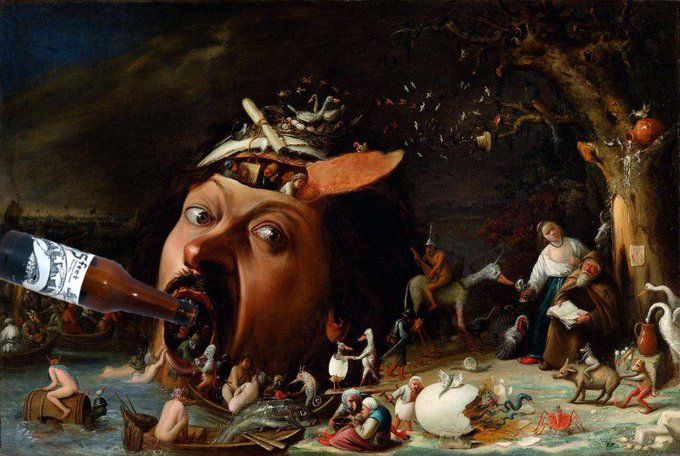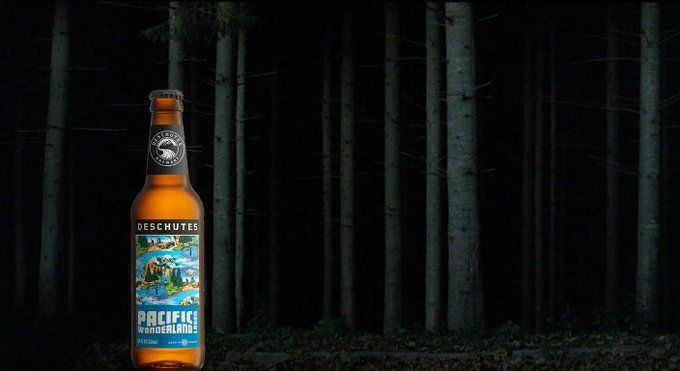Here are some other sights around Eastmorland.
A very noticeable one is the giant chicken in the front yard of a house on Johns Street just off of Walter.

There's also a Marlboro Man-like figure leaning against a tree.

Another one with a white handkerchief and a pipe resides just down the street.

Over at the corner of Richard and Schenk is a house with faux log siding.

Eastmorland has its share of Little Free Libraries such as this one which I think is on Ontario Street.

In addition we have a Little Free Pantry by Lansing and Milwaukee.

Poor hippies.

On one walk The Dulcinea and I came across a drake standing in the middle of the sidewalk. His Frau was relaxing on the lawn.

In the backyard of the old home at Johns and Margaret stands this lunar table with sidereal stools.

I've noticed a couple corners lacking houses and instead have wide expanses of grass. Here's one at Richard Street and Starkweather Drive.

I am unsure if there were homes at the corners that perhaps burned down or if these plots were intentionally kept open. This one is at Harding and Hargrove. The owner has recently been planting and laying decorative stones.

I must admit that I don't know what this concrete monolith is. Whatever it may be, it sits in the middle of the retaining pond that runs along the Capital City Trial. I believe it's over by the baseball diamonds/Thai Pavilion.

My guess is that it has something to do with the water utility. There's a pumping station or some such thing just down the trail at Olbrich Park. Or maybe it was once a support for a foot bridge…?
Like the lakes that feed it, Starkweather Creek can get pretty gross during the summer but the city and DNR are trying to remediate the pollution.

I went down to the creek's shore by the bridge at Milwaukee and Fair Oaks and found that it wasn't as bad as I had expected. Much less garbage, for instance. More info can be found
here at the city's website.
Meanwhile at the Royster Corners development at Dempsey and Cottage Grove Road the retention pond thingy has been extended and a part of it has become a native Wisconsin plant farm. This is by Royster Oaks Drive and the Capital City Trail. I don't know what exactly this entails as I've never seen anyone there to ask but there was a tent for the green-thumbed to ply their trade in there.

The plant farm is home to geese. Lots of them.

So many that the sidewalk is cover in shit.

On one walk we spied a fox on the (ballast) rocks. It was coming down from the railroad tracks along an access path when it saw us. Presumably it was looking to break its fast with a nice goose. Upon seeing us, though, it headed back up to the tracks and jogged alongside them before eventually disappearing.
Lastly here's the Voit Farm.

I have wondered about it ever since I began shopping at Woodman's back in the early 90s. It's owned by the same family that owns the concrete plant next door and has been there for ages – somewhere on the order of 160 years. The Wisconsin State Journal ran
an article about the Voits back in 2006 which gives the details.
A friend used to live in the neighborhood and recalls the carnival rides the family hosted for the big East Side Business Men's Association summer shindig. Today the home is unoccupied and the barns are deteriorating. From what I can tell they alternate corn and soy – this year it's corn – but don't seem to harvest it. There was still soy on the vine last November. I presume they need to plant crops for property tax reasons.
On the one hand an old family farm is pretty neat but on the other it seems a waste. I believe that the Voit's property is in the Town of Blooming Grove and not the City of Madison although the town is set to be annexed within the next 10 years. Perhaps the city will incentivize the land's sale/development if the Voits do nothing during the interim. A family farm museum type thingy would be pretty neat but I'd also like to have more businesses within walking distance. Land east of Starkweather Park next door is now for sale with the Swiss Colony facility going away so change is afoot.

